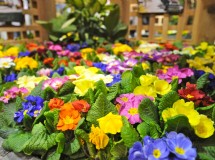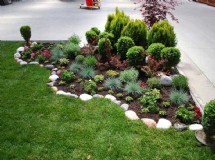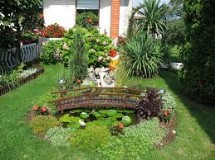- Blue mold is a form of downy mildew, a fungus exclusive to plants. It can slowly weaken its host, causing leaves to become hard and brittle. As the disease spreads, it can cause the plant as well as the peppers to decay, as it disrupts the photosynthesis process and inhibits the natural growth and production of the plant. Blue mold usually begins to manifest itself after a harvest, but it can remain on the plant indefinitely.
- Blue mold typically begins in the lower leaves of a pepper plant, early in the plant's development. The disease first shows up as a dark yellow color before ultimately shifting into a blue or gray pigmentation. Wind can cause the spores to spread to nearby plants, causing the fungus to infect multiple hosts. This spread can prove economically devastating for cultivators of tobacco, peppers and fruit.
- Young plants have a much higher susceptibility to blue mold than mature plants, though the disease can take form at any time during a plant's life. As with all fungi, blue mold begins with the germination of spores. When large quantities of fungal spores settle on the plant surface, the leaves and peppers slowly become infected. The spores release millions of microscopic reproductive units called conidia, which take over the plant. Like many fungi, blue mold grows best in wet, humid conditions.
- Chemical fungicides can help you kill the spores and control the disease, but the strength of the fungicide and the frequency of application depend on numerous factors, including the amount of relative humidity in the air, the time of year and the rate of fungal growth. The North American Plant Disease Forecast Center maintains an up-to-date Tobacco Blue Mold Forecast homepage with up-to-date information about the state of blue mold fungus and proper courses of action based on present environmental conditions.
Background
Growth Cycle
Causes
Control
SHARE







































